Climbing Mount Kilimanjaro is a dream for many, but it’s not an easy feat. The highest peak in Africa presents a unique set of challenges that require thorough preparation, awareness, and a bit of insider knowledge. Whether you’re a seasoned trekker or a first-time adventurer, the right tips can make all the difference in your success. In this post, we’ll share Kilimanjaro’s best-kept secrets — tips and tricks that will help you tackle the mountain with confidence and reach the summit.
- Acclimatization is Your Best Friend
One of the most common reasons trekkers fail to summit Kilimanjaro is altitude sickness. Kilimanjaro’s summit stands at 19,341 feet (5,895 meters), and the air gets thin the higher you climb. Acclimatizing properly is crucial to ensuring you don’t suffer from altitude sickness, which can quickly derail your trek.
How to Acclimatize Effectively
- Climb Slowly: The most important piece of advice for altitude is to ascend slowly and give your body time to adjust. Most reputable operators follow the “Climb High, Sleep Low” principle, which involves hiking to a higher altitude during the day and descending to a lower elevation to sleep at night. This allows your body to adjust more gradually to the thinning air.
- Take Rest Days: Incorporating rest days into your itinerary is vital. If you’re trekking for 7 or more days, these extra days at certain altitudes give your body time to adjust and help prevent symptoms of altitude sickness.
- Hydrate and Eat Well: Drinking plenty of water and maintaining a balanced diet is key to combating altitude sickness. When you’re dehydrated or malnourished, your body struggles to adjust to higher altitudes. Keep up your energy levels with nutrient-dense foods and fluids.
Signs of Altitude Sickness
Be mindful of symptoms like headache, dizziness, nausea, and shortness of breath. If these symptoms worsen or don’t improve with rest, it’s important to descend immediately and seek medical attention.
- Choose the Right Route for Your Fitness Level
There are several Kilimanjaro trekking routes, each with different levels of difficulty, scenery, and duration. Choosing the right route for your fitness level and time frame is essential to ensure a successful climb.
Route Options: What You Need to Know
- Machame Route: One of the most popular and scenic routes, Machame is known for its beautiful landscapes, but it’s also one of the more challenging paths due to its steep ascent. It typically takes 6-7 days to complete, giving your body more time to acclimatize.
- Marangu Route: Often called the “Coca-Cola Route,” Marangu is the easiest and most straightforward route. It’s also the only route with hut accommodation (no camping), but because it’s a quicker climb, it’s less favorable for acclimatization. It’s ideal for those who prefer a more gradual ascent, though it’s not the best choice for those seeking the most scenic experience.
- Lemosho Route: This route is highly recommended for trekkers seeking both a scenic journey and a higher chance of summiting. With a longer itinerary (7-8 days), Lemosho offers more time for acclimatization and incredible views of the mountain from all sides.
- Rongai Route: This less-traveled route is known for its remote, quiet nature and is considered a bit easier than others because of its gradual ascent. However, it offers fewer scenic views than routes like Machame or Lemosho.
- Northern Circuit: The longest and newest route, offering the best acclimatization opportunities with a diverse experience. It’s perfect for those with more time and seeking a quieter path.
Tip: If you’re new to trekking or concerned about altitude sickness, choose a route with a longer duration to ensure better acclimatization. The Lemosho and Northern Circuit routes are fantastic for those who want the highest chance of success.
- Pack Smart: Less is More
Packing for Kilimanjaro can be overwhelming, but carrying the right gear will make a significant difference. It’s important to pack efficiently without overloading your bag. Remember, the key is to focus on essential items that ensure your comfort, warmth, and safety.
What to Bring: The Essentials
- Proper Clothing: Kilimanjaro’s weather can change rapidly, so dressing in layers is a must. Start with moisture-wicking base layers, followed by an insulating mid-layer (like fleece), and finish with a waterproof outer layer. Don’t forget warm gloves, a beanie, and thermal socks.
- Footwear: Sturdy, waterproof trekking boots are crucial. Make sure they are well broken in to avoid blisters, and bring extra pairs of socks to keep your feet dry.
- Hydration System: Staying hydrated is essential on Kilimanjaro. A hydration bladder or bottles with a minimum capacity of 3 liters will keep you properly hydrated throughout the trek. A system that allows you to drink easily while walking will also make the climb more manageable.
- Headlamp and Extra Batteries: The trek starts early in the morning and sometimes involves night climbs. A reliable headlamp will keep your hands free and ensure you don’t lose your way in the dark.
- Sunscreen and Lip Balm: The higher you climb, the stronger the sun becomes. Even on cloudy days, you can get sunburned, so pack a high SPF sunscreen and lip balm with SPF protection.
What to Leave Behind: Avoid the Extras
- Heavy Electronics: While it’s tempting to bring cameras, smartphones, and other gadgets, Kilimanjaro’s rugged conditions can be tough on electronics. Consider leaving unnecessary items behind, or at the very least, pack them in waterproof bags to prevent damage.
- Too Much Food: Your guides will provide meals, so you don’t need to overpack snacks. Focus on high-energy, lightweight snacks if you prefer a few extra bites during the trek.
- Excessive Clothing: Packing too many clothes will weigh you down. Stick to the essentials and prioritize moisture-wicking fabrics, warmth layers, and quick-drying clothing.
- Listen to Your Body and Take It Slow
One of the most important secrets to climbing Kilimanjaro is listening to your body and resisting the urge to rush. It’s easy to get caught up in the excitement, but the best way to ensure a successful climb is to pace yourself.
The Power of Patience
- Slow and Steady: Don’t overexert yourself. If you’re tired, take a rest. Kilimanjaro is about stamina, not speed. It’s better to take frequent short breaks than to push yourself too hard early in the day.
- Trust Your Guides: Your guides are experienced and will know when you need to stop and rest. Trust their judgment and be mindful of your physical limits.
- Summit Day: Start Early, But Rest Often: The final push to the summit is long and exhausting, starting in the early morning hours and continuing for several hours. It’s important to conserve your energy, stay hydrated, and take breaks to avoid burnout.
Mental Strength Matters
Kilimanjaro is as much a mental challenge as a physical one. Staying positive, staying focused on your goal, and maintaining a good attitude can help you push through the more difficult moments. Surround yourself with a supportive team, take time to appreciate the beauty of the mountain, and remember why you’re there.
Conquer Kilimanjaro with Confidence
Climbing Mount Kilimanjaro is a life-changing experience, but it requires careful preparation, awareness, and a solid strategy. By following these insider tips — acclimatizing properly, choosing the right route, packing smart, and pacing yourself.


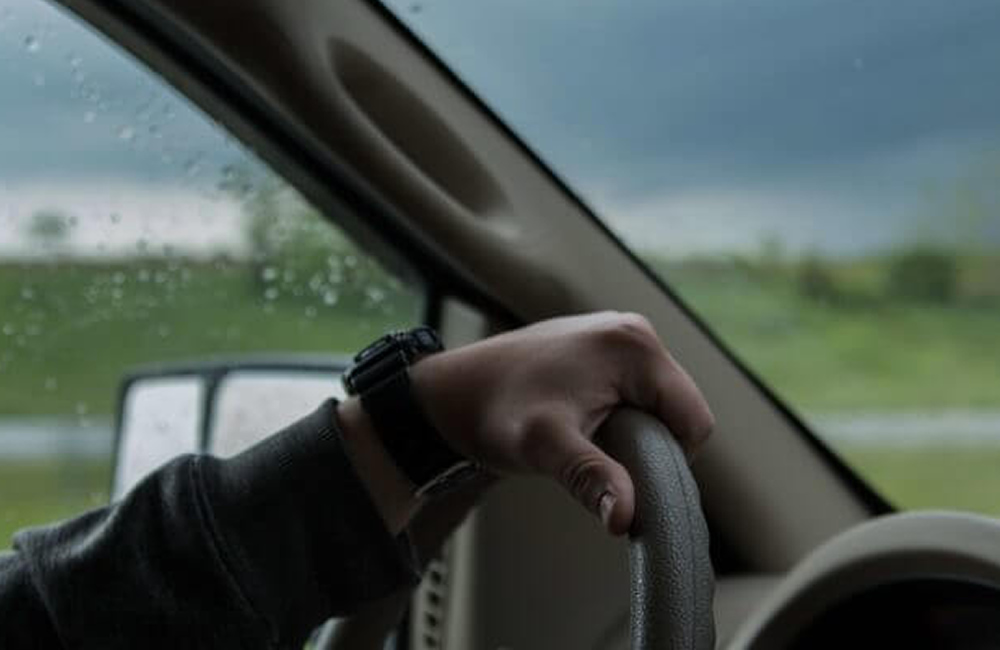
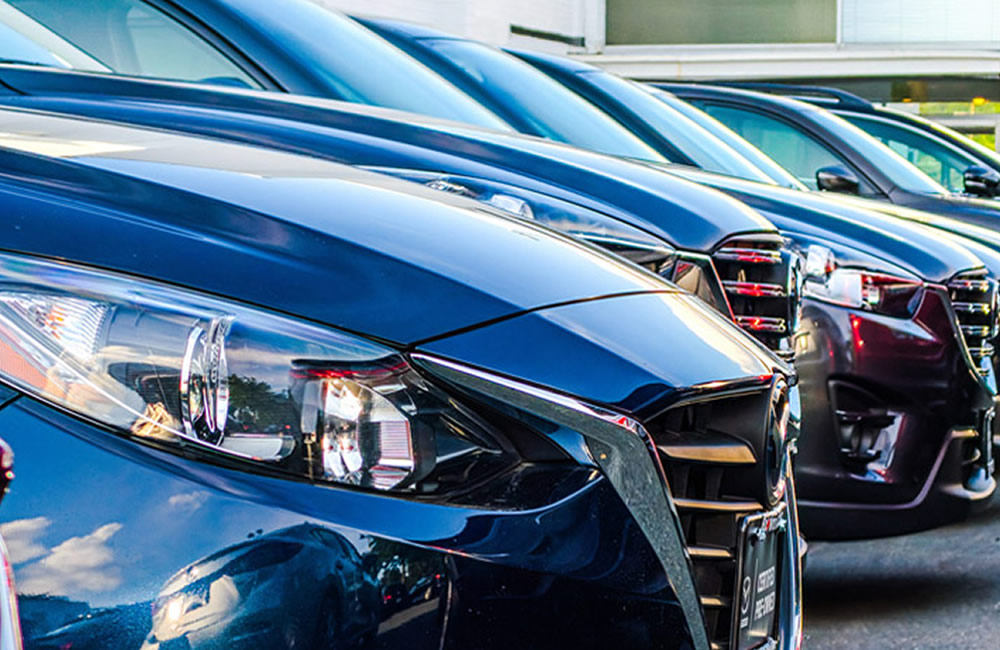
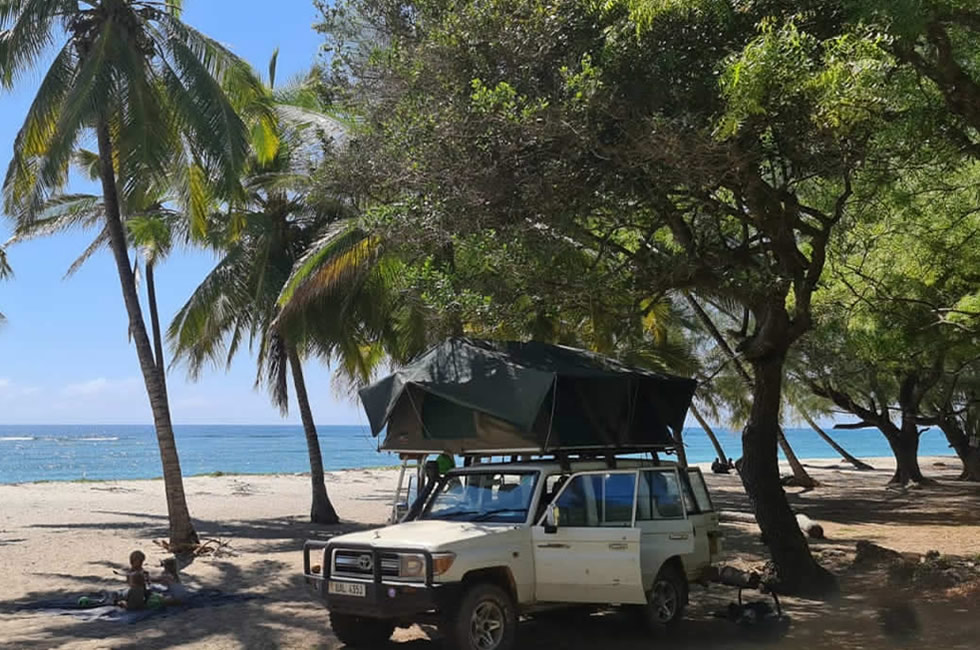
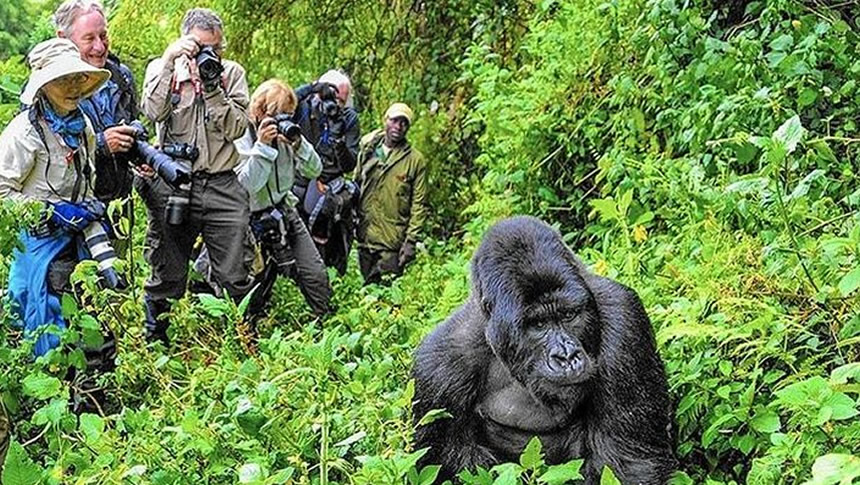
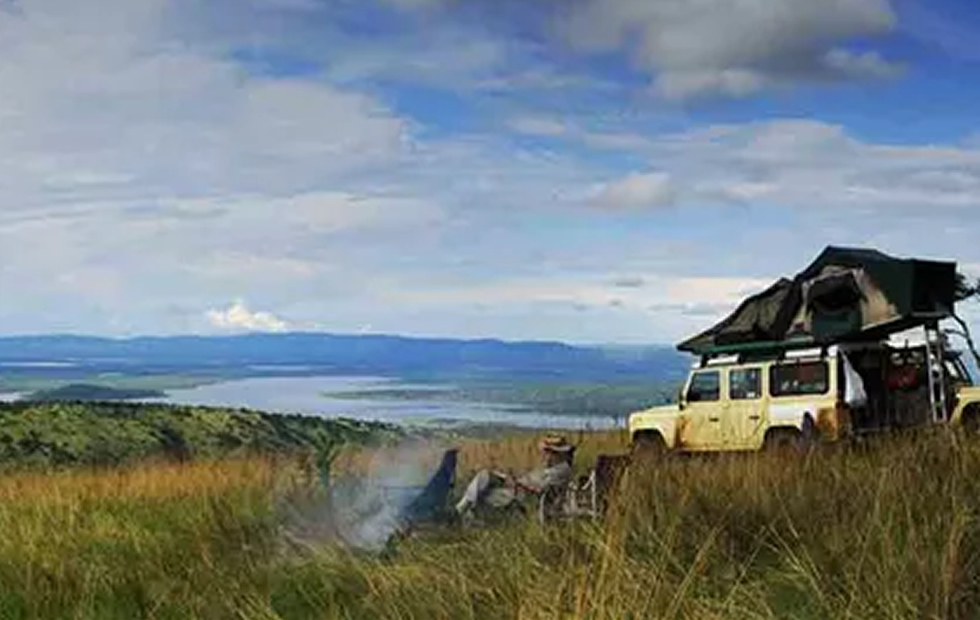
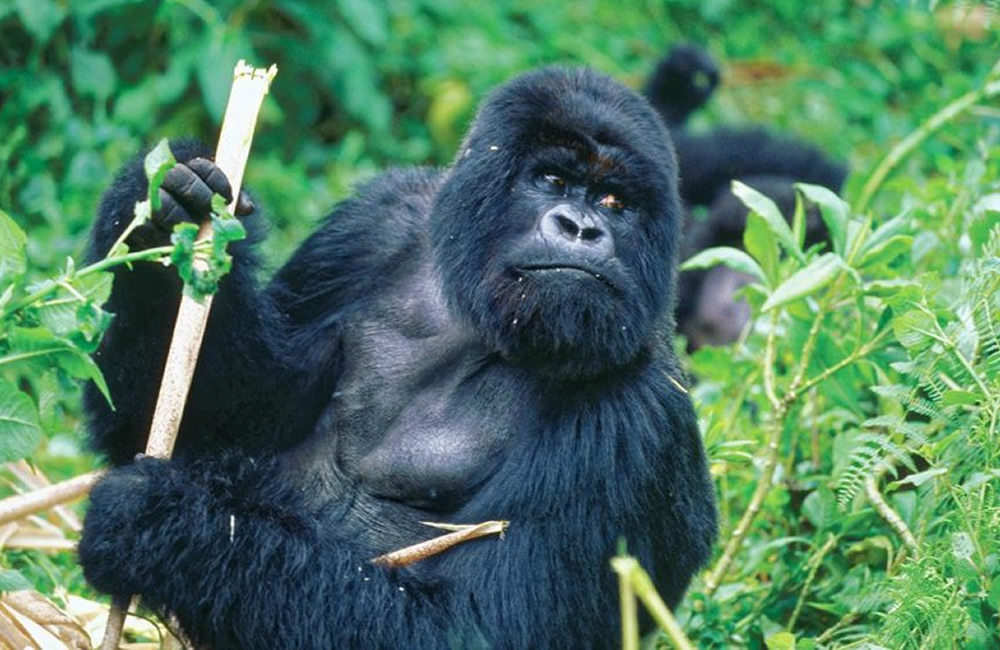
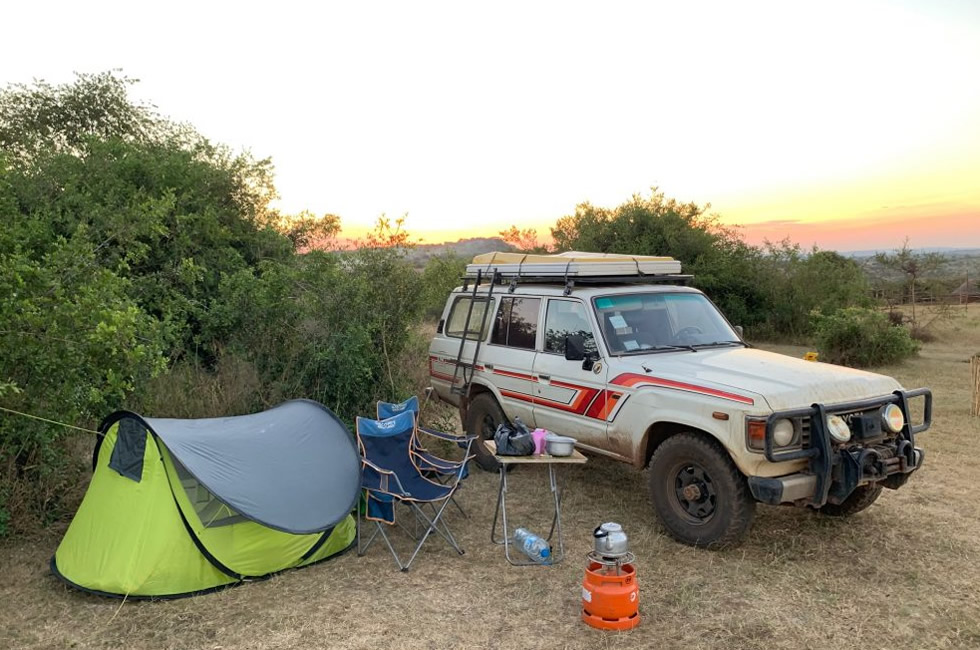
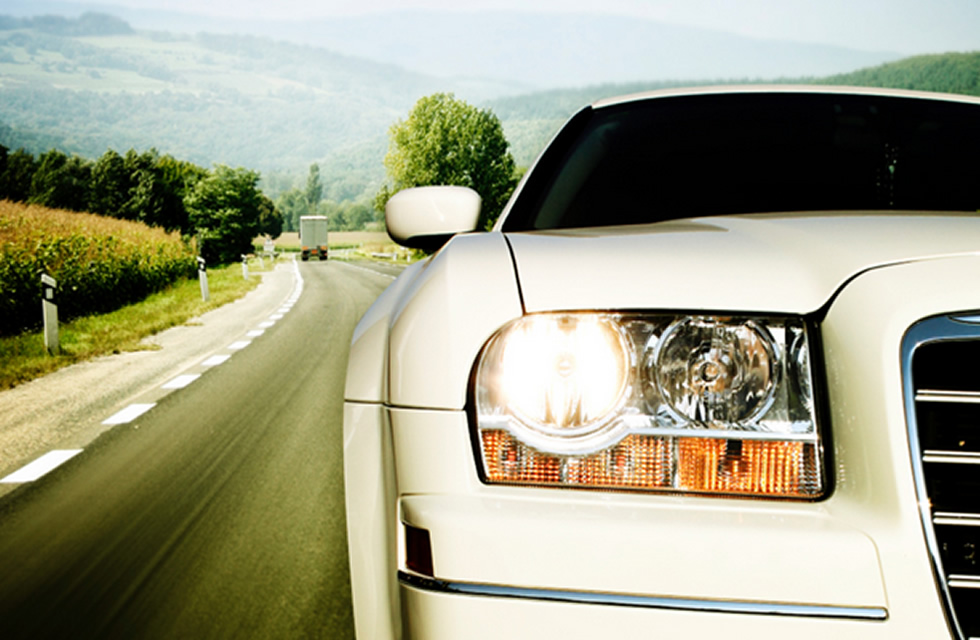
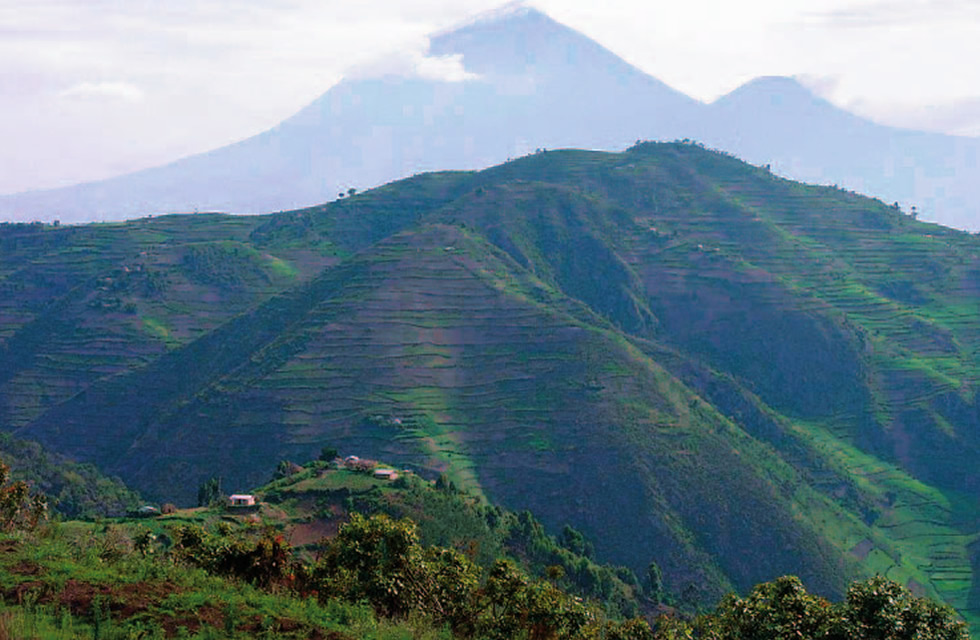
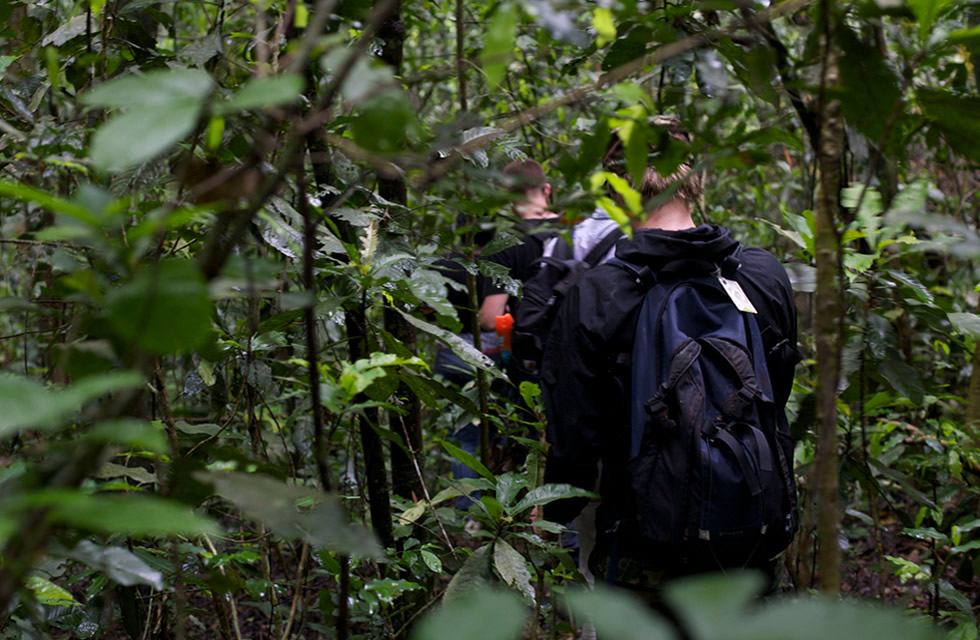
Leave a Reply